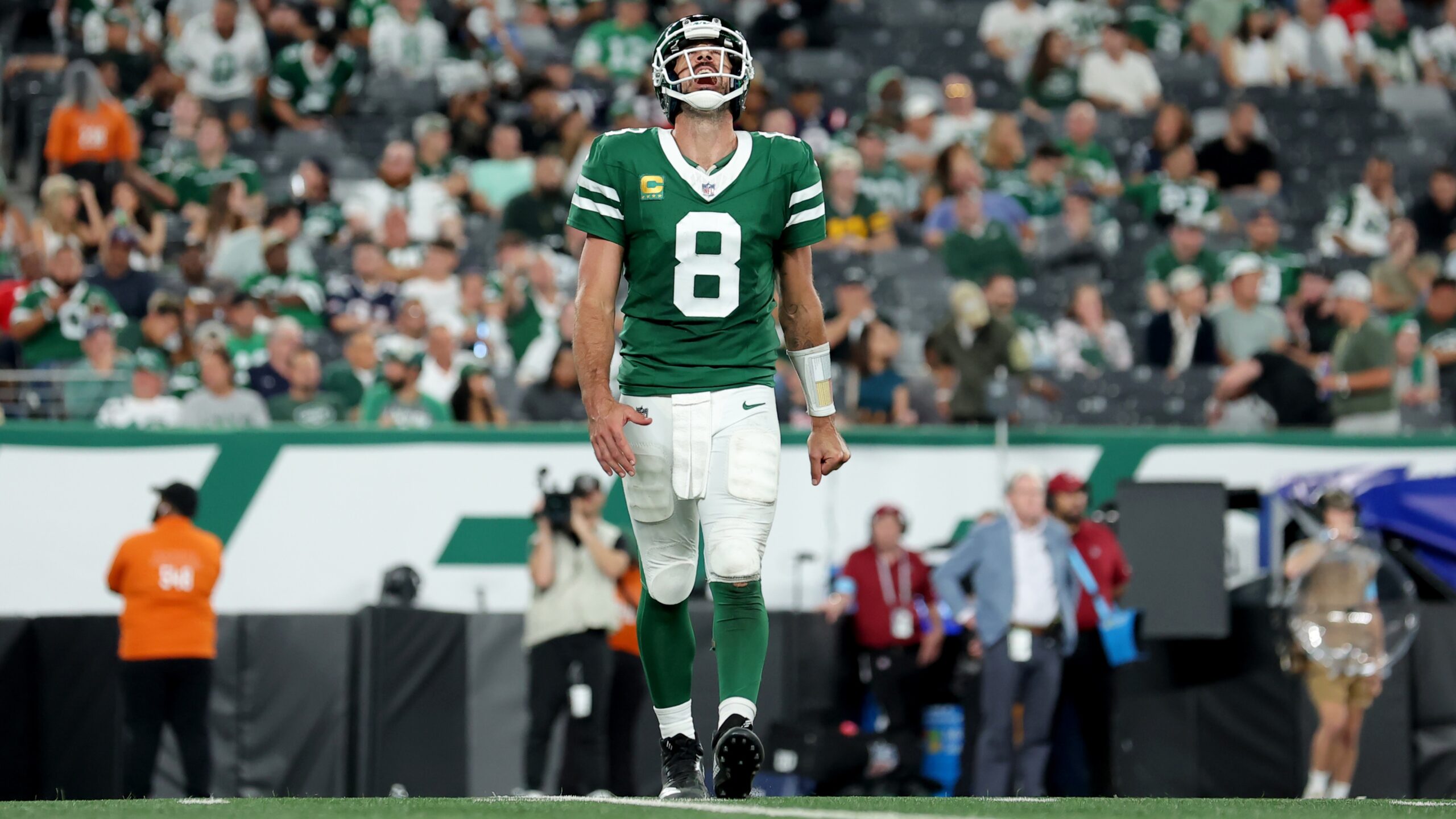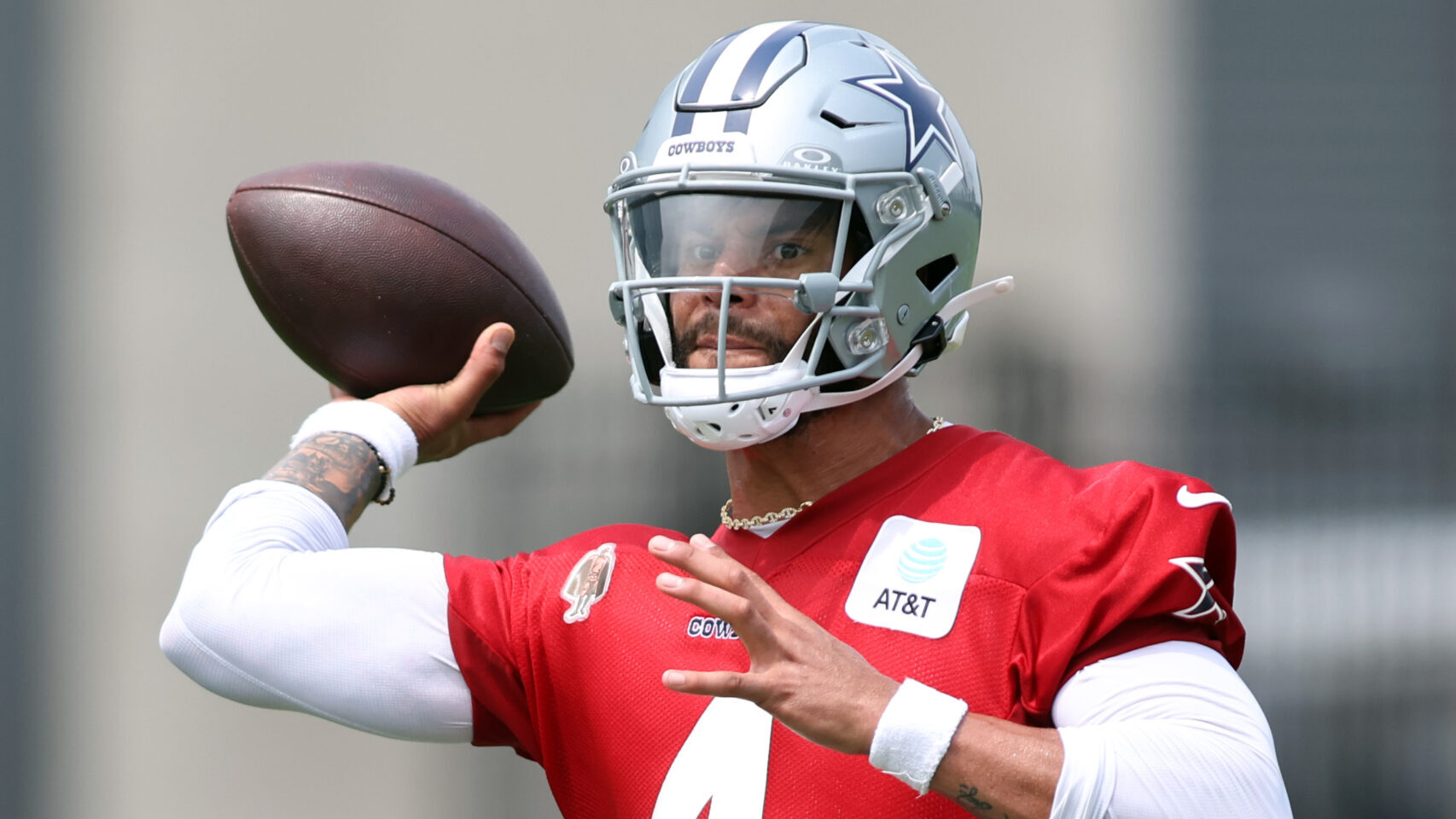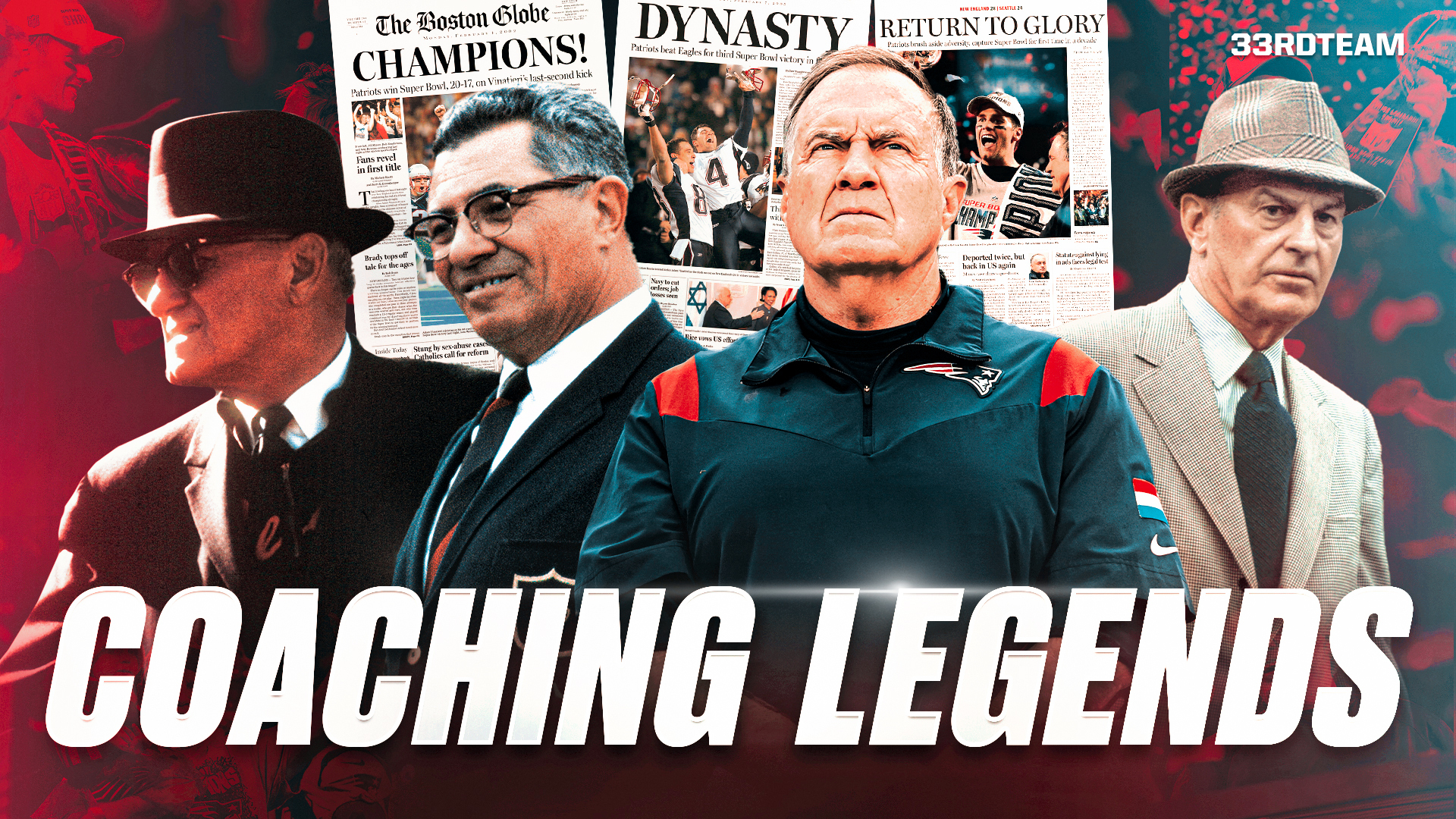Analysis
10/22/21
8 min read
Cosell: What Makes a Quarterback Successful?

I was fortunate enough to be mentored by Hall of Fame head coach Bill Walsh, the pioneer of the West Coast offense and one of the best quarterback teachers the game has seen. A three-time Super Bowl winning head coach with the San Francisco 49ers, Walsh coached Hall of Fame quarterbacks Joe Montana and Steve Young during his extensive NFL tenure. Talk to Young, and he will tell you that Walsh taught him how to play NFL quarterback.
Walsh stressed to me that the goal of playing quarterback is to play it the right way on every snap. Fundamentals and mechanics form the groundwork of successful quarterback play at every level, no matter how talented the player is in terms of athletic movement traits. Coach Walsh told me the story of when Montana called him after the 1993 season, his first with the Kansas City Chiefs. Already a first ballot Hall of Famer and one of the greatest quarterbacks the game had seen, he still wanted to meet with Coach Walsh to review his mechanics and footwork, as he didn’t feel they were as precise as they needed to be.
It’s no secret and it’s certainly accepted as gospel, that the quarterback must be the driving force behind a team’s run to a championship. They are the face of their franchise and the amount of work and detail that goes into being a successful quarterback is unbelievable, hard to fathom, and far more than what people realize.
Let’s talk about the position on the field. At its most basic level, effective and consistent quarterback play is all about technique. That’s where it starts. I remember Ron Jaworski telling me over and over the story of Dick Vermeil bringing in Sid Gillman as the quarterbacks coach with the Eagles in 1979 (Jaws had already been in the league 6 years and was a playoff QB with the Rams) and Gillman starting the off-season work with the center snap (this was before the shotgun took hold) and the proper way to pull away from center with your footwork and balance to set up in the pocket.
If your fundamental technique is poor, if you do not throw with balance and a firm base, it is very hard to be consistently precise with your ball location. As Troy Aikman once said to me, you can do everything right as a quarterback – read the defense, know where to throw the ball, which receiver to throw it to – but if you can’t place the ball where you want to, then you have nothing.
This brings me to Patrick Mahomes, one of the most gifted throwers of the football we have seen. His 2021 tape tells you that he has had some inconsistencies with his fundamentals this season, at times being a little undisciplined and random with his mechanics and his overall pocket play.
We know he has special ability to make second reaction movement throws, and he may well be the best in the game at that trait. And we know he puts up outstanding numbers (almost all quarterbacks put up numbers in today’s NFL), so for many, this discussion may seem pointless. But that’s not the point. In fact, it misses the point. Bill Walsh would still coach Mahomes. Mike Holmgren would still coach Mahomes. And I am certain that Andy Reid is coaching Mahomes.
Quarterback is a disciplined craft position that is structured around detail and nuance. It is not a “let’s roll the ball out, let’s go make a play today'' position. That’s not how it is taught or coached. Whether under center or in shotgun, correct footwork, planting on your back foot with a firm base, staying on balance, and delivering the football with proper weight transfer while driving through with your core are all essential steps in throwing an accurate football. Understanding the ways in which different drops (3-, 5-, and 7-steps) demand timing and synchronicity with routes is crucial.
Young quarterbacks are taught offense through the lens of their team. While trying to learn and eventually master their own offense and all its variables, they must also grasp the general principles of defensive concepts and the specific characteristics of individual opponents. That’s a lot to deal with.
Sean Payton once told me that the cliff notes version coaches teach young quarterbacks about opposing defenses is this: middle of the field open (split safeties), middle of the field closed (single high safety), and blitz alerts. Of course, much more goes into it, but that’s the starting point.
Quarterbacks in the NFL are taught to play with discipline, structure, and nuance from the pocket. The goal is to execute the design of the pass game. There are certainly plays during which the defense forces the quarterback outside of the pocket, but on plays where defenses don’t force movement, the play should be executed from the pocket.
One of the things I notice consistently watching as much tape as I do is how often quarterbacks lose their mechanics in the pocket prematurely, when they anticipate or perceive pressure that is not really pressure and should not result in fundamental breakdowns. This disrupts the timing of the passing game and too often results in throws not being made that should be made.
It has become in vogue to flippantly say that a quarterback must be mobile to be successful. Perhaps this is true. But then you need an explanation for those quarterbacks who are, and have been high-level players without that trait.
Think about Tom Brady. It’s not enough to say that he is great. You need to understand the process by which that has occurred. Fundamentally sound and repetitive mechanics, outstanding pocket awareness and movement within the pocket, precise ball location throw after throw, coupled with a computer-like understanding of both his offense and NFL defense, which allows him to win the down before the ball is snapped an exceedingly high percentage of the time.
This brings me back to Mahomes. Through the early part of the 2021 season, Mahomes has often been too undisciplined with his fundamentals and there have been too many plays in which he broke down and left the pocket prematurely. He has become increasingly more of a second reaction quarterback who is relying on his outstanding movement, downfield vision and natural throwing ability.
Those drop backs in which he doesn’t feel comfortable in the pocket have led to him being impatient, breaking the pocket and running himself out of progressions, which breaks down the timing and structure of the play design. This has resulted in him leaving some throws on the field as he has perceived pressure more over the last month than in previous seasons. By the way, the Chiefs coaching staff, and Mahomes himself, know this. This is not news. They all know he needs to settle down and play more with fundamental technique and footwork within the structure of the passing game.
What did they do this past week versus Washington? More 12 personnel (one back, 2 tight ends) with an early emphasis on pass protection to allow Mahomes to be secure and comfortable in the pocket so that he could focus on his footwork, balance, base and delivery without anticipating or perceiving pass rush pressure.
Here’s an example. On first-and-ten during their first drive, Mahomes hit Tyreek Hill for a 19-yard gain. The Chiefs were in 12 personnel and came out in a 1 x 3 nub set with tight end Travis Kelce return motioning from the #3 receiver to trips. Kansas City ran a three-man flood route concept (a Chiefs staple) to the boundary against a split safety zone coverage.
The key — base 7 man pass protection with three dedicated double teams and Kelce chipping the defensive end on his release as the flat receiver in the three-level stretch concept. Mahomes' mechanics were outstanding in the clean pocket. Here’s a meaningful statistic that tells the story — Against Washington, Mahomes had 18 drop backs out of 12 personnel compared to just 40 drop backs out of 12 personnel in the first five games of the season.
Patrick Mahomes is a great player, and the Chiefs are a well-designed pass offense with weapons that can effectively attack at all three levels of the defense. But two things can be true, and separate — Mahomes will put up numbers and they will score points (and he will continue to make special second reaction plays), and there is continued room for improvement to play the quarterback position the right way snap after snap. That’s always the objective.
Aadit Mehta contributed to this story







